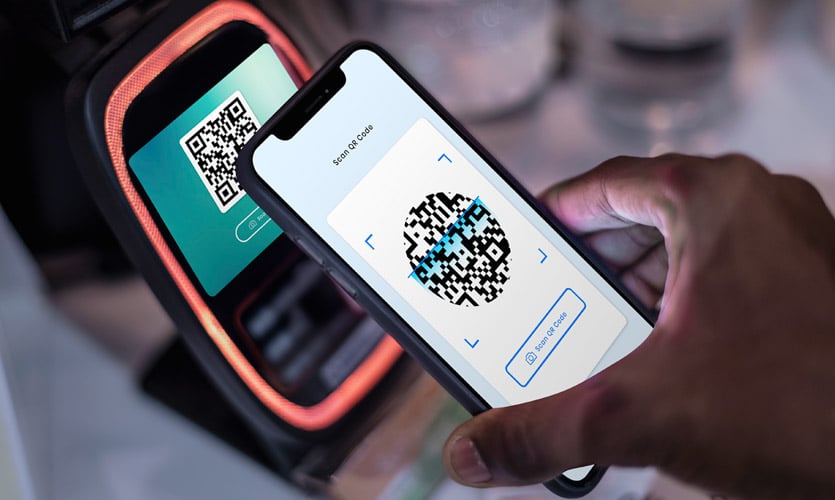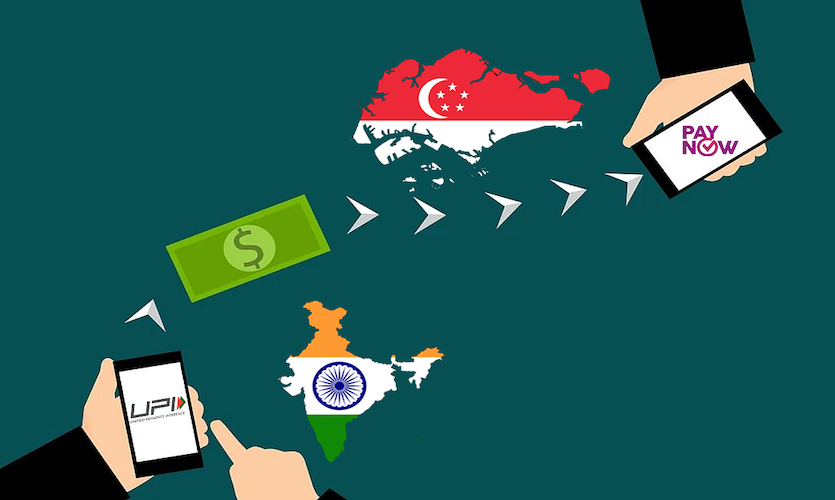The Prime Minister’s Office (PMO), on Saturday, announced the launch of e-RUPI, a person- and purpose-specific digital payment system.
Digital technology is transforming lives in a major way and is furthering ‘Ease of Living.’ At 4:30 PM tomorrow, 2nd August, will launch e-RUPI, a futuristic digital payment solution which offers several benefits for its users. https://t.co/UpLgtBl1K3
— Narendra Modi (@narendramodi) August 1, 2021
The PMO stated that like the numerous other programs that have been implemented over the years, e-RUPI will guarantee that the benefits reach their intended beneficiaries in a targeted and leak-proof manner, with minimal contact points between them and the government.
According to the report, the concept of electronic vouchers advances the vision of good governance. As per the PMO’s announcement, e-RUPI is a cashless and contactless digital payment device. The National Payments Corporation of India (NPCI) created the system in conjunction with the Department of Financial Services, the Ministry of Health, and the National Health Authority.
How Will e-RUPI Work?
e-RUPI is a cashless and contactless digital payments medium that will be transmitted to the recipients’ mobile phones in the form of an SMS string or a QR code. This will be a prepaid gift voucher redeemable at certain accepted locations without the use of a credit or debit card, a smartphone app, or internet banking. e-RUPI will connect service sponsors with beneficiaries and service providers in a digital manner, eliminating the need for a physical interface.
How Will These Vouchers Be Shared?
The NPCI has created the system on its UPI platform and has already finalised banks that would be the issuing entities. Any company or government agency must contact the partner banks, which are both private and public-sector lenders, with information about specific people and the reason for which the payments are being made. Beneficiaries will be recognised by their cellphone numbers, and a voucher issued by a bank to the service provider in the name of a certain individual will be sent exclusively to that person.
What Are The Advantages Of e-RUPI?
According to the government, e-RUPI is intended to guarantee the delivery of welfare services in a leak-proof manner. It can also be utilised to offer services under schemes that provide medications and nutritional assistance under mother and child welfare schemes, TB eradication programs, drugs and diagnostics under the Ayushman Bharat Pradhan Mantri Jan Arogya Yojana, fertiliser subsidies, and so on. According to the government, the business sector can also use these digital coupons as part of their employee welfare and corporate social responsibility programs.
What Is Its Significance And How Different Is It From A Digital Currency?
The government is already working on establishing a central bank digital currency. The introduction of e-RUPI may expose the holes in the digital payments’ infrastructure, required for the future digital currency to succeed. In practice, e-RUPI is still backed by the current Indian rupee as the underlying asset, and the uniqueness of its function distinguishes it from a virtual currency and brings it closer to a voucher-based payment system. The future pervasiveness of e-RUPI will be determined by the end-use scenarios.
What Are The Plans For Central Bank Digital Currency (CBDC)?
The Reserve Bank of India has stated that it is working on a phased deployment approach for the central bank digital currency, or CBDC – digital currencies issued by a central bank that usually take the form of a digital version of the country’s existing fiat currency, for example, the rupee.
In a webinar on July 23, the RBI’s deputy governor T. Rabi Sankar stated that CBDCs are “desirable not only for the benefits they provide in payment systems, but may also be required to safeguard the general public in a context of volatile private VCs”.
While RBI governor Shaktikanta Das has previously expressed worries about cryptocurrencies, there appears to be a shift in sentiment on Mint Street, in favour of CBDCs. Although they are essentially comparable to currency notes, the adoption of CBDCs would necessitate revisions to the supporting legal framework because the present laws are primarily designed for paper money.
Read more: All You Need To Know About The IPO Upsurge That Has Hit Indian Markets
India’s Appetite For Digital Currency
According to the RBI, digital currencies are anticipated to do successfully in India for at least four reasons:
- There is rising digital payment penetration in the country, which coexists with a continuing interest in cash usage, particularly for small-value transactions.
- The RBI claims that India’s high currency-to-GDP ratio “holds out an additional benefit of CBDCs”.
- The growth of private virtual currencies such as Bitcoin and Ethereum may be another reason why CBDCs are becoming significant in the central bank’s eyes. As Christine Lagarde, President of the European Central Bank stated in the BIS Annual Report, “…central banks have to protect people’s faith in our money. Central banks must work together closely to lead the development of central bank digital currencies to find trustworthy principles and promote innovation.”
- CBDCs may help protect the general public in an atmosphere characterised by volatile private VCs.
List Of Banks That Are live with e-RUPI
According to the National Health Authority, eight banks are already live with e-RUPI: State Bank of India, HDFC, Axis, Punjab National Bank, Bank of Baroda, Canara Bank, IndusInd, and ICICI Bank.
Other Voucher-based Systems
There is a system of education vouchers or school vouchers in the United States, which is a certificate of government financing for children selected for state-funded education to establish a focused delivery system. These are essentially direct subsidies given to kids’ parents for the sole aim of educating their children. Aside from the US, the school voucher system has been implemented in several other nations, including Colombia, Chile, Sweden, Hong Kong, among others.









